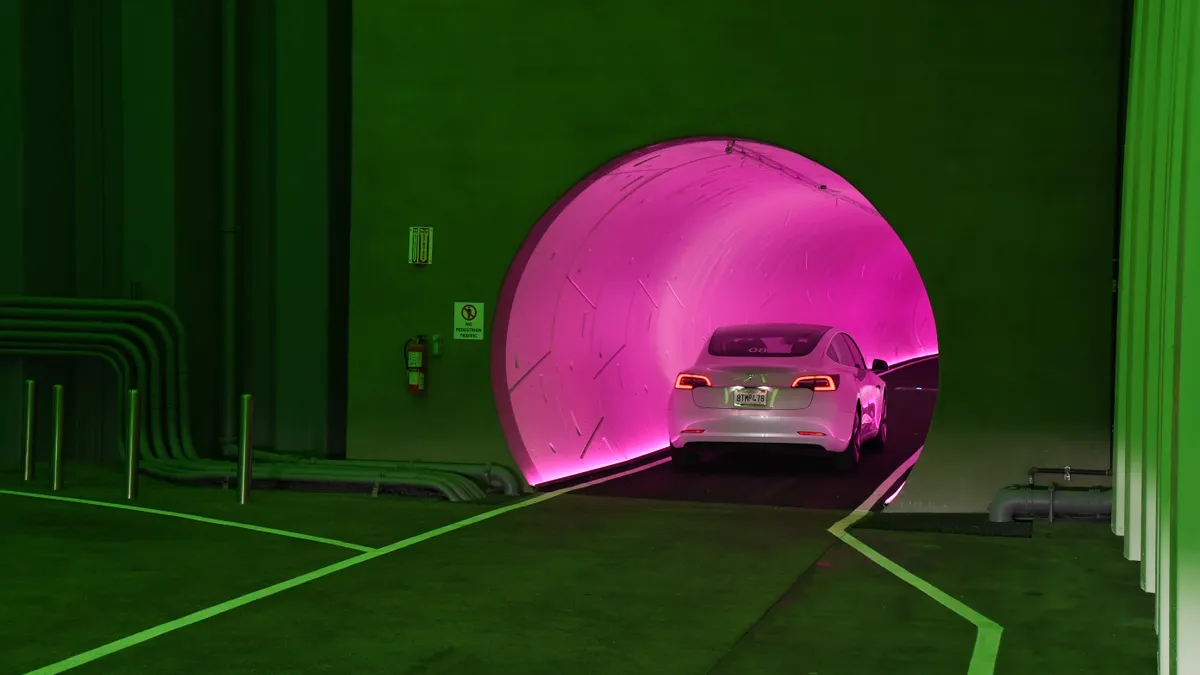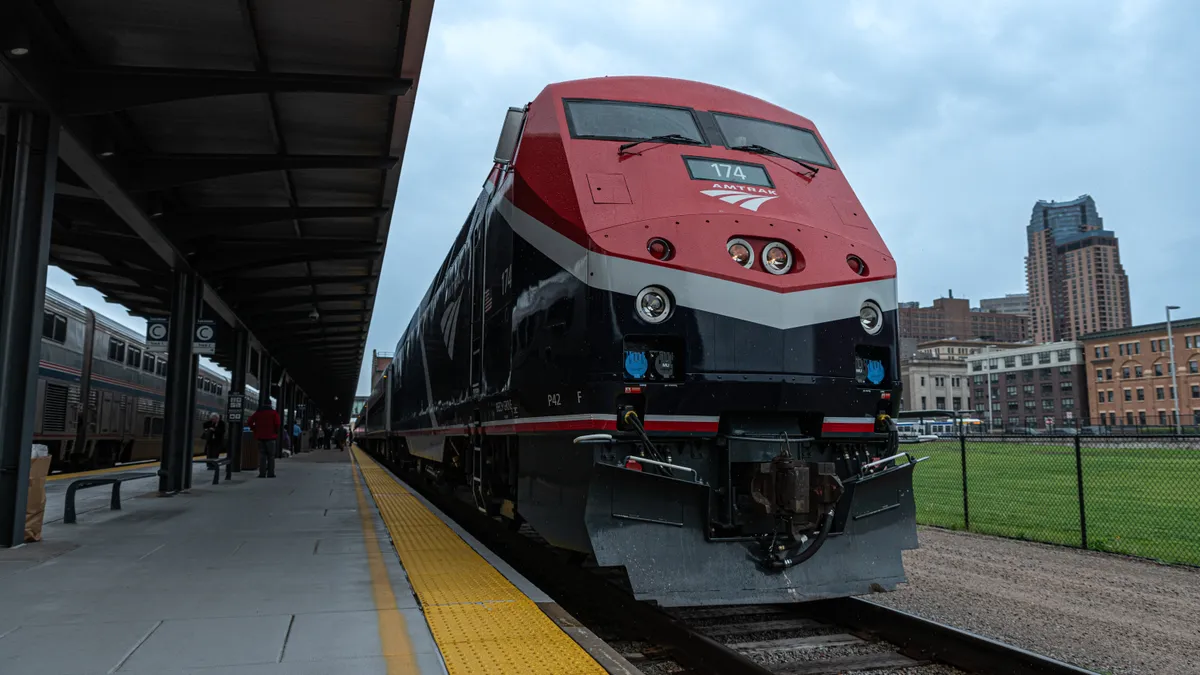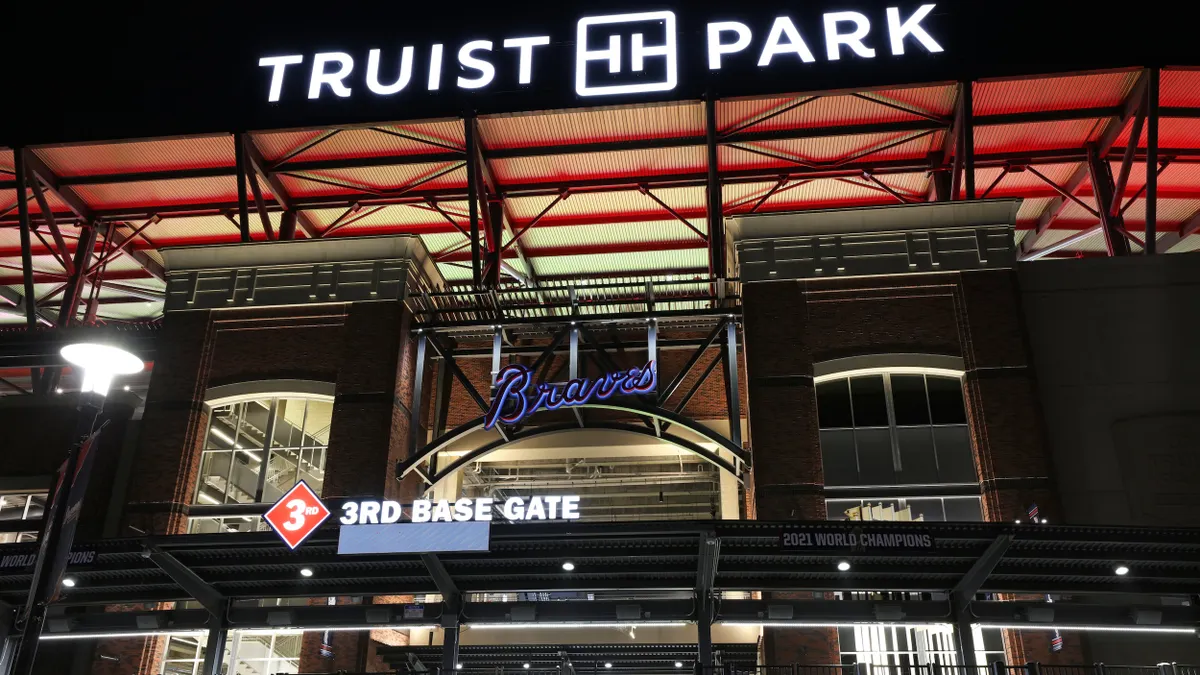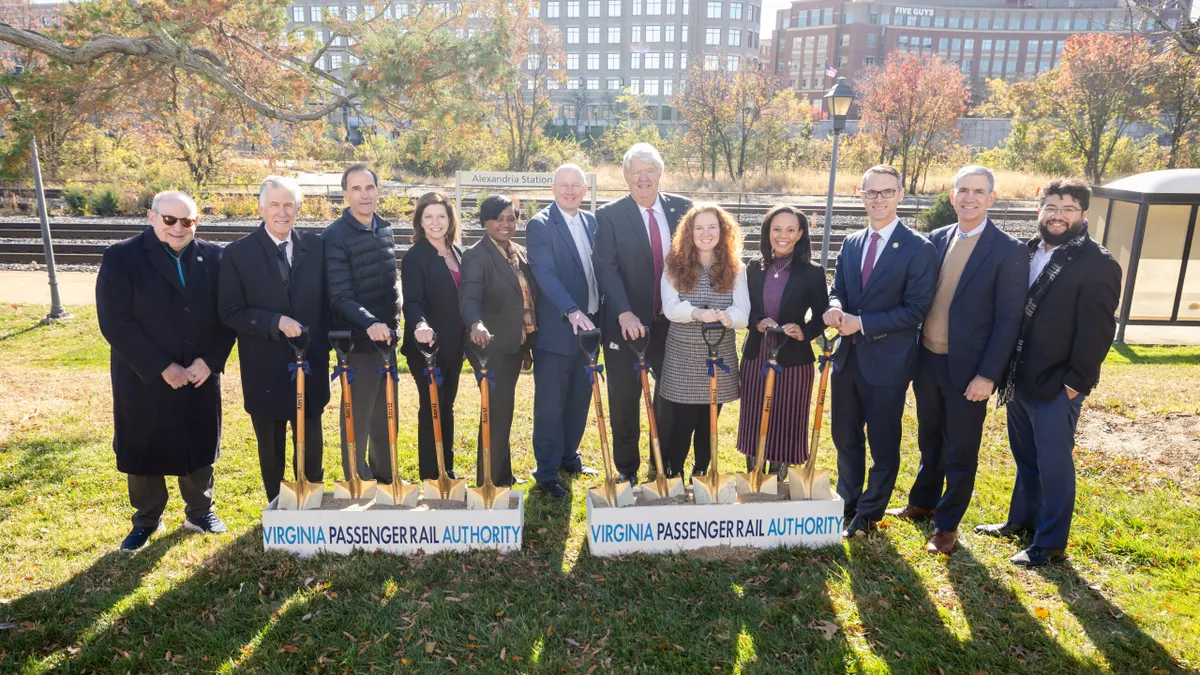Correction: We have updated this story and headline to clarify that The Boring Co. is proposing an underground loop project in Fort Lauderdale, not a hyperloop.
Ask South Floridians about their basements, and you’ll probably get a bemused look. Few basements, or other underground structures, exist in South Florida because the water table is just 3 to 8 feet below the land’s surface. Plus, much of the state is built on reclaimed wetlands, with its geology largely consisting of sand and karst, or eroded limestone, which is porous, rather unstable and prone to sinkholes. Coupled with that, a lot of Southeast Florida, at less than 6 feet above sea level, floods frequently, even without storms. The flooding is getting worse with climate change, as are the drenching storms like hurricanes.
With those conditions, how feasible is The Boring Co.'s unsolicited proposal to build an underground loop transit project in Fort Lauderdale? Civil engineers and transportation experts say it's feasible, despite the conditions, but there’s a catch: "This can be done, it’s just not going to be cheap,” said Norma Jean Mattei, professor of civil and environmental engineering at the University of New Orleans and past president of the American Society of Civil Engineers.
Will it happen?
The Boring Co. and the city were in talks earlier this year about constructing an underground alternative to a proposed high-rise commuter rail bridge over the New River, a channel that passes through the city. The company proposed building a three-mile route that would reportedly provide faster and more efficient transportation between downtown Fort Lauderdale and the beach. Fort Lauderdale Mayor Dean Trantalis said via Twitter in July that the city had accepted Boring's proposal, and competing firms had 45 days to submit their own proposals.
Fort Lauderdale formally accepted tonight a proposal from @elonmusk's @boringcompany to build an underground transit system between downtown and the beach. Other firms have 45 days to submit competing proposals. This could be a truly innovative way to reduce traffic congestion. pic.twitter.com/R7Bh2NPVnl
— Mayor Dean J. Trantalis (@DeanTrantalis) July 6, 2021
The city indicated publicly that Boring Co. could delve further into the loop project — such as by conducting geological studies — if no competitors submit bids. The city did not respond to requests for information about where the proposal stands now or if any other companies submitted bids.
This isn’t the first time developers have pitched ambitious transit projects in Florida. Last year, Hyperloop Transportation Technologies proposed an ultra-high-speed hyperloop from Tampa to South Florida, and Hyperloop One proposed a project from Orlando to Miami in 2017.
Underground loop projects are slow to develop, if they get off the ground at all. Skeptics point out that the only example that has come to fruition is Boring Co.'s loop that opened under the Las Vegas Convention Center in June. The Las Vegas project is more modest than some plans Boring Co. founder Elon Musk has described. For example, rather than using much-hyped pods that run at high speeds through pressurized tubes, the vehicles in the Las Vegas loop are autonomous Tesla cars that drive up to 40 mph through a single-car tunnel. Proponents of the innovation still point to its potential to disrupt transportation and reduce carbon emissions, however.
Construction considerations
The city has been relatively quiet about the potential project during the bidding process, but the city commissioner told Insider the project will likely cost $10 million to $15 million per mile. At a proposed 3 miles, the minimum cost would total about $30 million.
Some skeptics estimate the cost would end up being much higher. Florida state transportation officials put the price of a tunnel under the New River at more than $3 billion, which is why they instead proposed building a 55-foot bridge over it at an estimated cost of $445 million.
Generally, experts say, building tunnels is costly due to construction, safety and maintenance considerations.
"Tunneling is expensive. It's much more expensive than building above ground," said Ruth Steiner, professor of urban and regional planning at the University of Florida.
Tunnels in a flood-prone environment take even more work and money, Mattei said.
"When you think of the life cycle costs of that tunnel versus a bridge, then it gets to be more expensive because you’re constantly dewatering, and you have to maintain the waterproofing," Mattei said.
“You can engineer yourself out of any problem. It just takes money."

Herby Lissade
Former principal transportation engineer at the California Department of Transportation
Experts say a tunnel project in Florida would require extensive research and testing before developers could even think about construction.
"They haven't done a lot of tunneling in Florida, so they're going to have to really study the soil stratification and geology of the area," Mattei said.
Water and flooding research also are crucial. South Florida’s tropical climate receives significant annual rainfall as well as hurricanes and other strong storms. Further, the region experiences a tidal phenomenon called "king tides," in which rising sea levels cause low-lying areas to flood with ocean water during high tides even when no rain has fallen. All these conditions are worsening with climate change.
"They need to engineer around all the threats — and climate change is definitely one," said Herby Lissade, a former principal transportation engineer at the California Department of Transportation and past chair of several committees at the Transportation Research Board. “They need to plan for hurricanes, storm surge and inundation. There's no excuse not to plan for it when you have all the data," said Lissade, now executive director at Tortuga Planning, Engineering and Consulting.
Severe flood waters sometimes flow into underground tunnels and transit stations. Superstorm Sandy, for example, flooded New York City subway stations in 2012, forcing the city to pump water out of the tunnels and complete extensive repairs.
Surface flooding isn’t the only water concern for underground developments.
"There's also concern about the disruption of the flow of underground water and the possibility of subsidence," or the ground suddenly caving in, Steiner said.
All things considered, an underground loop could probably be built in Fort Lauderdale, but it will likely take years of heavy engineering and financing.
"You can engineer yourself out of any problem. It just takes money," Lissade said.
Who is it for?
Proponents are touting the proposed Fort Lauderdale loop as a form of transit. However, the focus on connecting a heavily commercial portion of downtown with the beach suggests it might primarily serve tourists rather than residents.
Transportation experts say every project should begin by asking the question: Who are we trying to serve?
"Who are the people that employ the service? How does it really address the goals that most cities are thinking about in terms of safety, in terms of sustainability, in terms of equity? That should be the guiding light for projects like this," said Zabe Bent, director of design at the National Association of City Transportation Officials, speaking about large transportation projects in general. "When we think about the many crises that we're facing right now in terms of climate change, in terms of social justice, in terms of safety and accessibility, we should be thinking about projects that do more than one thing."
Bent said questions Fort Lauderdale city planners might consider include whether the tunnel would do more than just resolve traffic congestion and whether it's the best way to solve the problem. Transit is expensive to create, and it is difficult to recoup the initial costs, Mattei said. The high estimated initial project price and ongoing maintenance costs could translate to riders having to shell out a hefty fee to use the loop, she said.
Steiner pointed out that innovative transit projects are even pricier than traditional transit.
"New innovations have a difficult time spreading the cost over units of consumption. It's basic economics," Steiner said. "When you do an innovation, you have a fixed cost associated with all the stages of development, and the less units you have buying it, the more expensive it is going to be ... The only way they can begin to cover that is to charge a lot."
That raises equity concerns about which users the city should prioritize when launching projects, especially projects featuring cutting-edge, largely unproven concepts that carry a higher price tag.
"We really need to think long and hard about whether or not we are building the right project and putting it in the right place and figuring out how all of it fits together as a system. If it doesn't serve the system, then we either need to iterate the project or think of a new one," Bent said. "If [underground loops] can be adopted … to serve as transit for everyone, then I hope we see more of them."
For the time being, until Fort Lauderdale officials announce the next steps, if there are any, the underground loop proposal and its impacts are simply speculative.
"I've got to give credit to [Elon] Musk for attempting to do it. But there's also a cost to being on the leading edge of new technology," Steiner said.





















